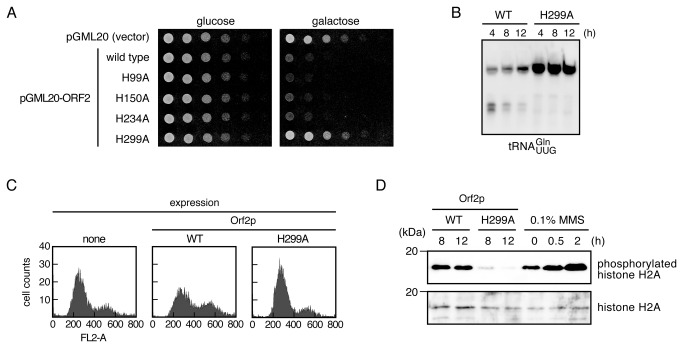Figure 2. His299 of Orf2p is responsible for tRNA cleavage and DNA damage induction.
(A) Four Orf2p mutants, in which each of the His residues was replaced with Ala, were expressed by a high-copy plasmid in TM142 cells, and the viability of these transformants was compared. Orf2p-H299A completely abolished growth impairment. (B) Total tRNA was prepared from CG379 cells chromosomally expressing wild-type (WT) Orf2p or Orf2p-H299A at each interval, and tRNAGln mcm5s2UUG cleavage was observed using northern hybridization. Modification of the first letter of tRNAGln mcm5s2UUG was omitted for simplicity of labeling. Orf2p-H299A did not cleave tRNAGln mcm5s2UUG, showing that His299 is indispensable for tRNA cleavage. (C) Wild-type or mutant Orf2p were expressed for 12 hours as shown in (B), and then cells were collected and status of cell cycle was analyzed with fluorescence-activated cell sorting. The cell number is shown on the vertical axis, and the horizontal axis indicates the fluorescence intensity of nuclei stained with propidium iodide. Cell cycle progression of cells in which Orf2p-H299A was expressed was not impaired. (D) Phosphorylation of histone in cells expressing wild-type and mutant Orf2p was determined with western blotting at the indicated time points, as shown in (B). A DNA damage response was not induced in cells expressing Orf2p-H299A, as indicated by a lack of phosphorylation.

